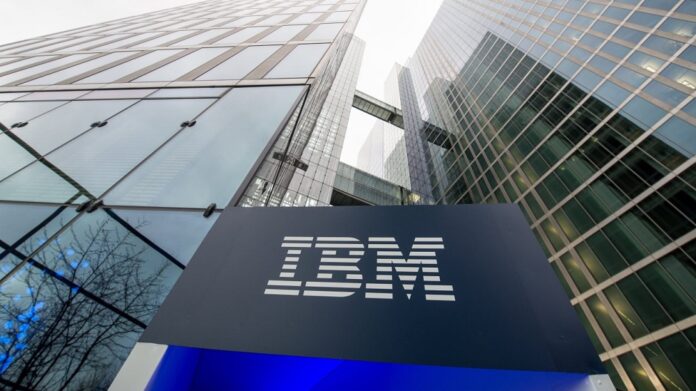IBM said Tuesday it plans to build a practical quantum computer by 2029 and aims to scale the technology further by 2033.
The company also outlined its technical path, including a new machine named Starling, which it will construct at a new data center in Poughkeepsie, New York.
Starling is expected to operate with about 200 logical qubits, a level IBM says would be enough to begin showing advantages over classical computers. Qubits, or quantum bits, are the core of quantum computing, and current systems use a large portion of qubits to fix errors rather than perform useful calculations.
Quantum computers can, in theory, solve complex problems far faster than traditional machines, but they are held back by high error rates. IBM and others, including Microsoft, Google, Amazon and various startups, are working to solve this challenge.
IBM changed its strategy in 2019 and now uses a new algorithm that it says sharply reduces the number of qubits needed for error correction. Instead of building chips to match theoretical models, the company now designs correction methods based on chips it knows it can build.
IBM vice president Jay Gambetta said the company has solved key scientific questions and is now focused on engineering challenges. He said IBM will build a series of machines through 2027 to reach its goals.
The company said it no longer needs breakthroughs in science to move forward, just strong engineering and execution.























